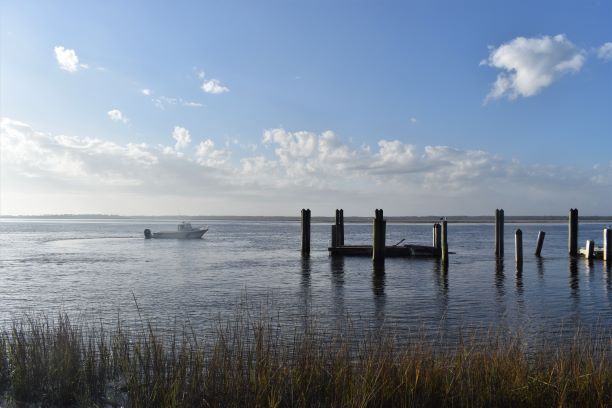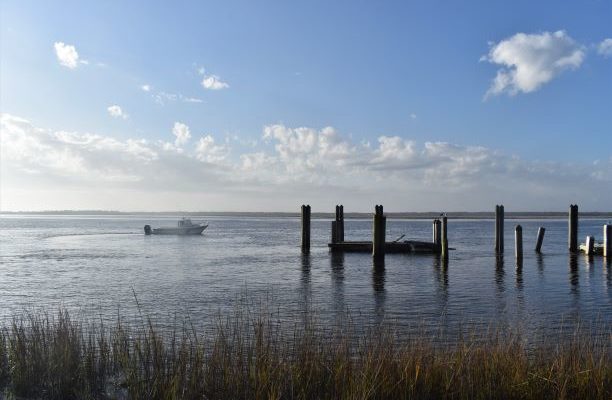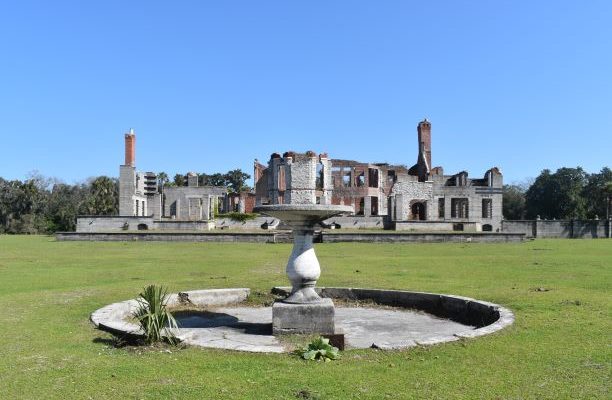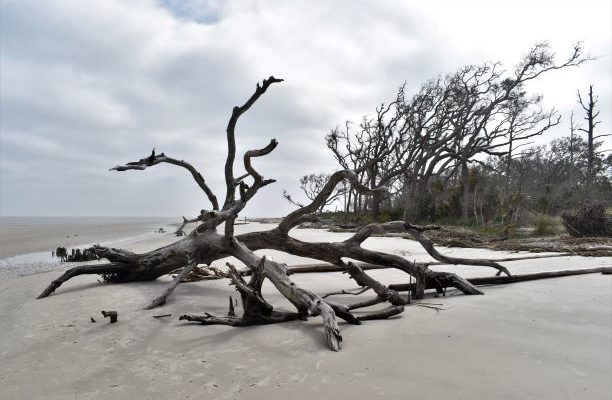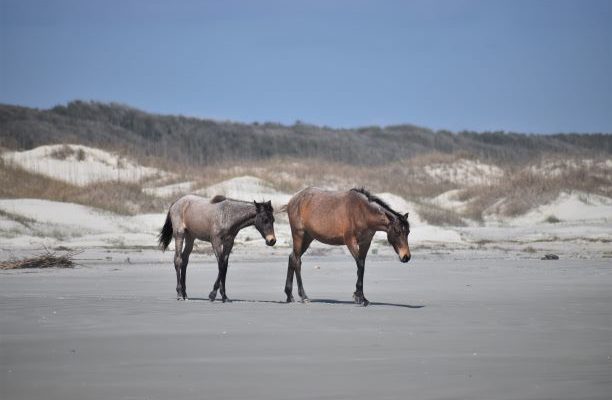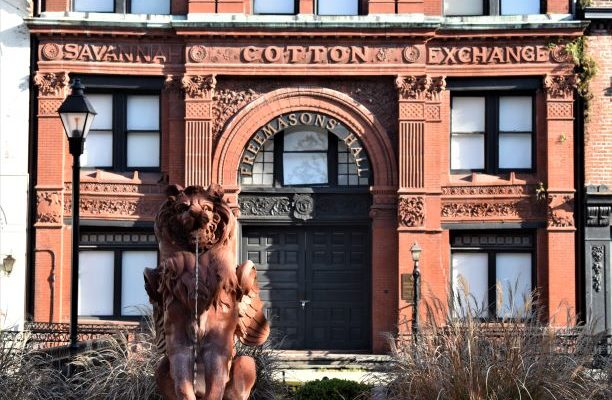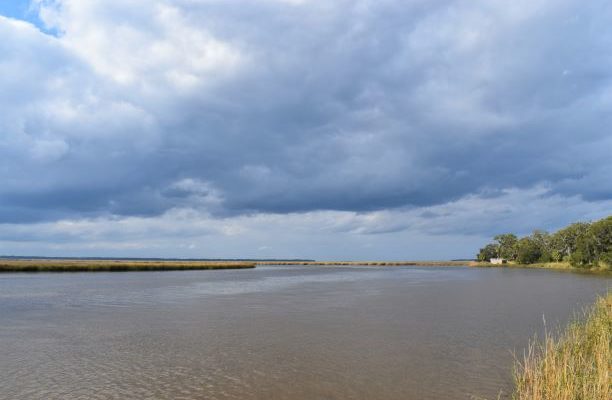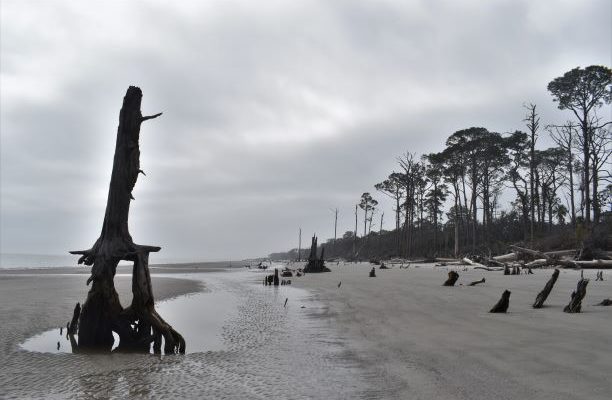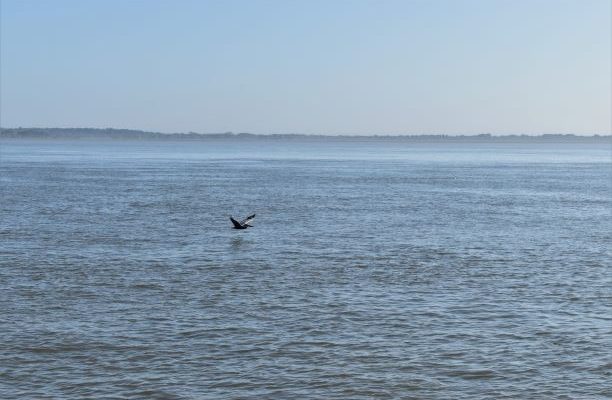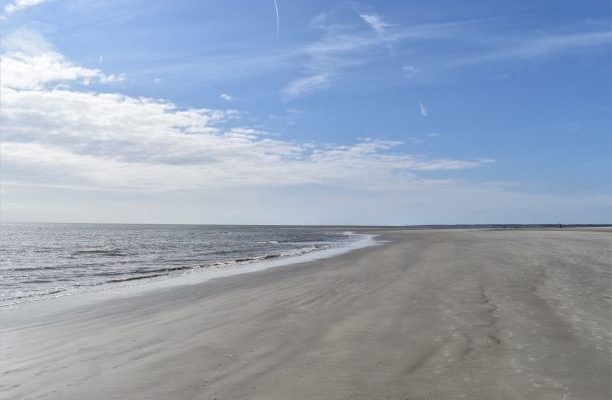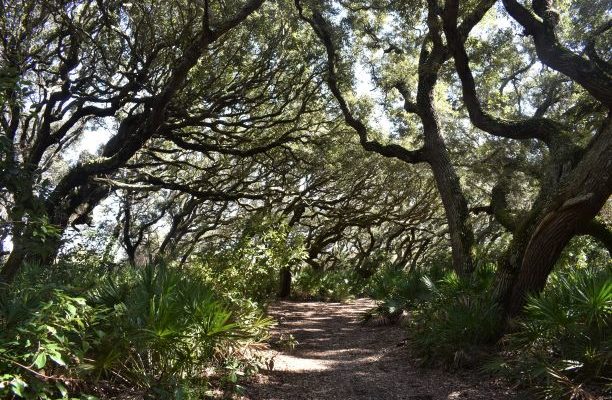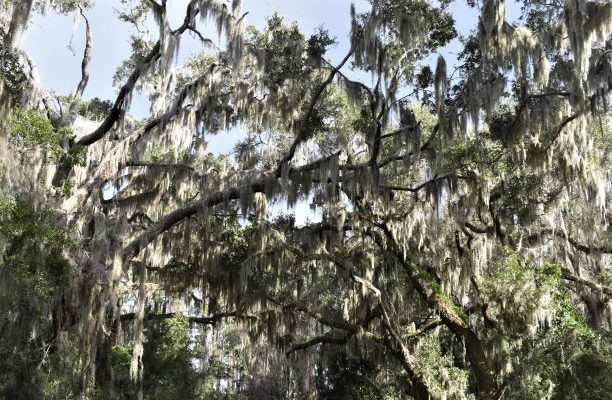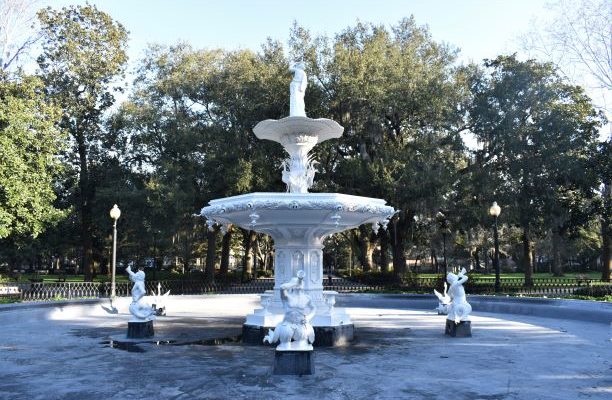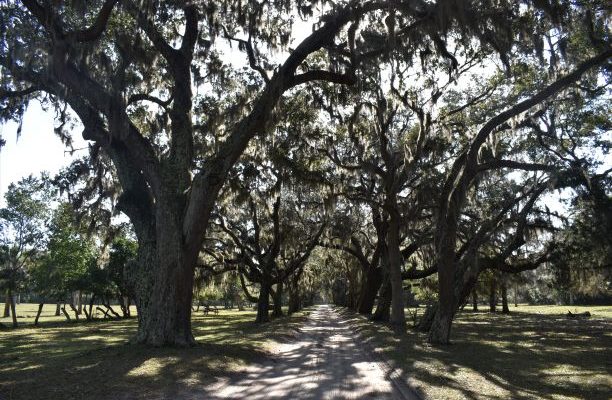The barrier islands that line the Georgia coast provide a lush landscape that is a canvas of sandy dunes, gentle waves, and some of the most beautiful and unspoiled beaches found in this country. Just off these magnificent stretches of sand, one will find acres of pristine maritime forests and salt marshes that abound with so many different forms of wildlife. These aforementioned forests are thick with live oaks, blanketed in that mysterious symbol of the south, Spanish Moss. The grey moss sways in the breeze and the limbs of these stately oaks bend and curl, seeking the afternoon sunshine, while creating an eerie but majestic shape. Stately homes surround grand city squares in Savannah. Small town southern hospitality blends with sandy beaches, bustling storefronts and cozy inlets on St. Simons Island. The gilded age relics of Jekyll Island juxtapose with the driftwood strewn beaches on the north end of the island. The sleepy streets of St. Marys serve as the gateway to the crown jewel of the of the 100 mile coastline, Cumberland Island. Once the winter retreat of the Carnegie family, Cumberland defies description, and is a place that is almost entirely immune to the constant drumbeat of the modern world. Wild horses roam the spectacular 17 mile beach, and sunlight barely penetrates the canopy of live oaks that fill the interior of the island. On a glorious 76 degree day in mid-February, I walked a section of that beach and never saw another human being for 4 miles. A rare gift in the current world we inhabit. In the dead of winter, the Georgia coast is a welcome reprieve from the harsh offerings of old man winter. It is a place that demands a slower pace.
